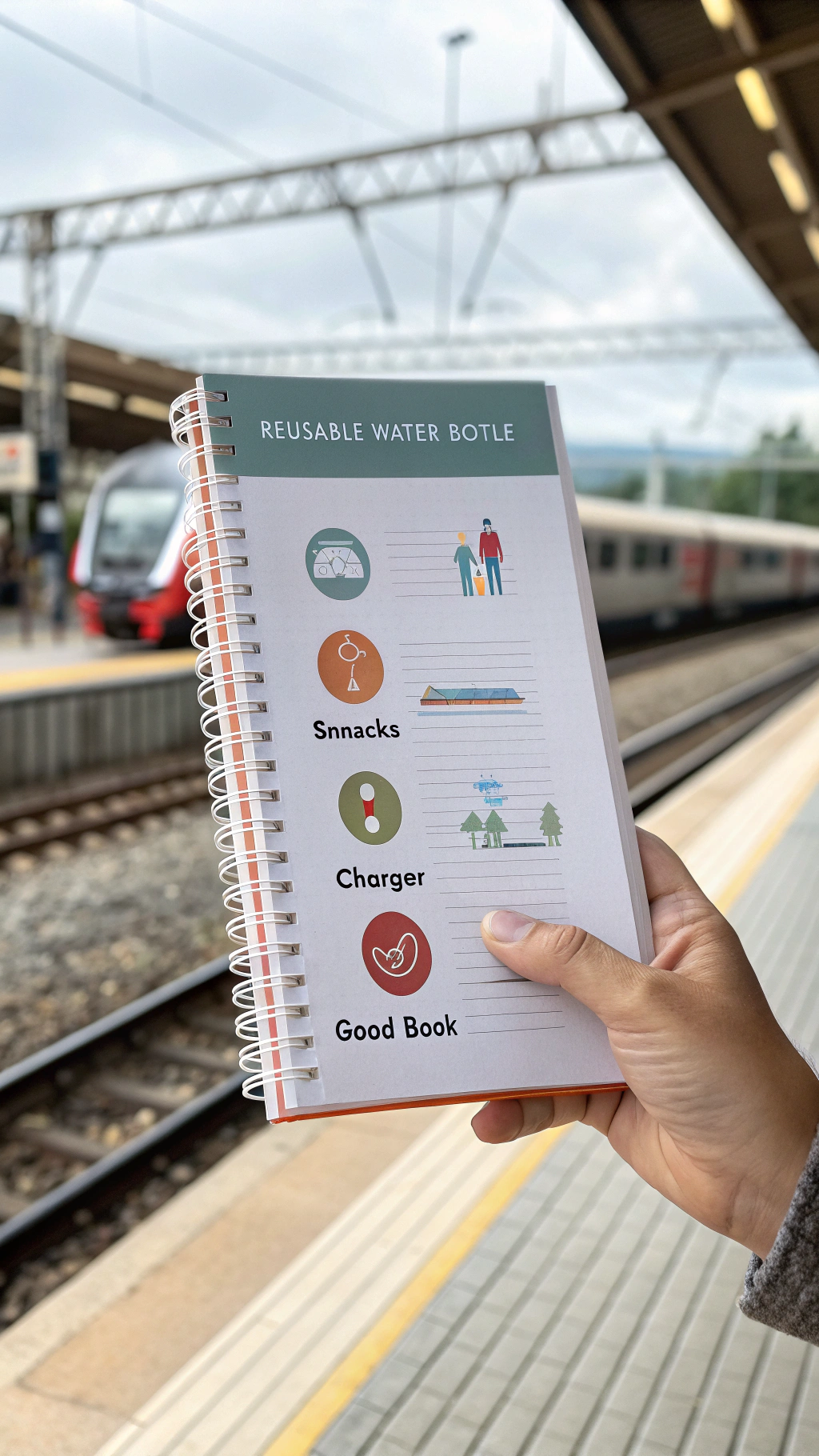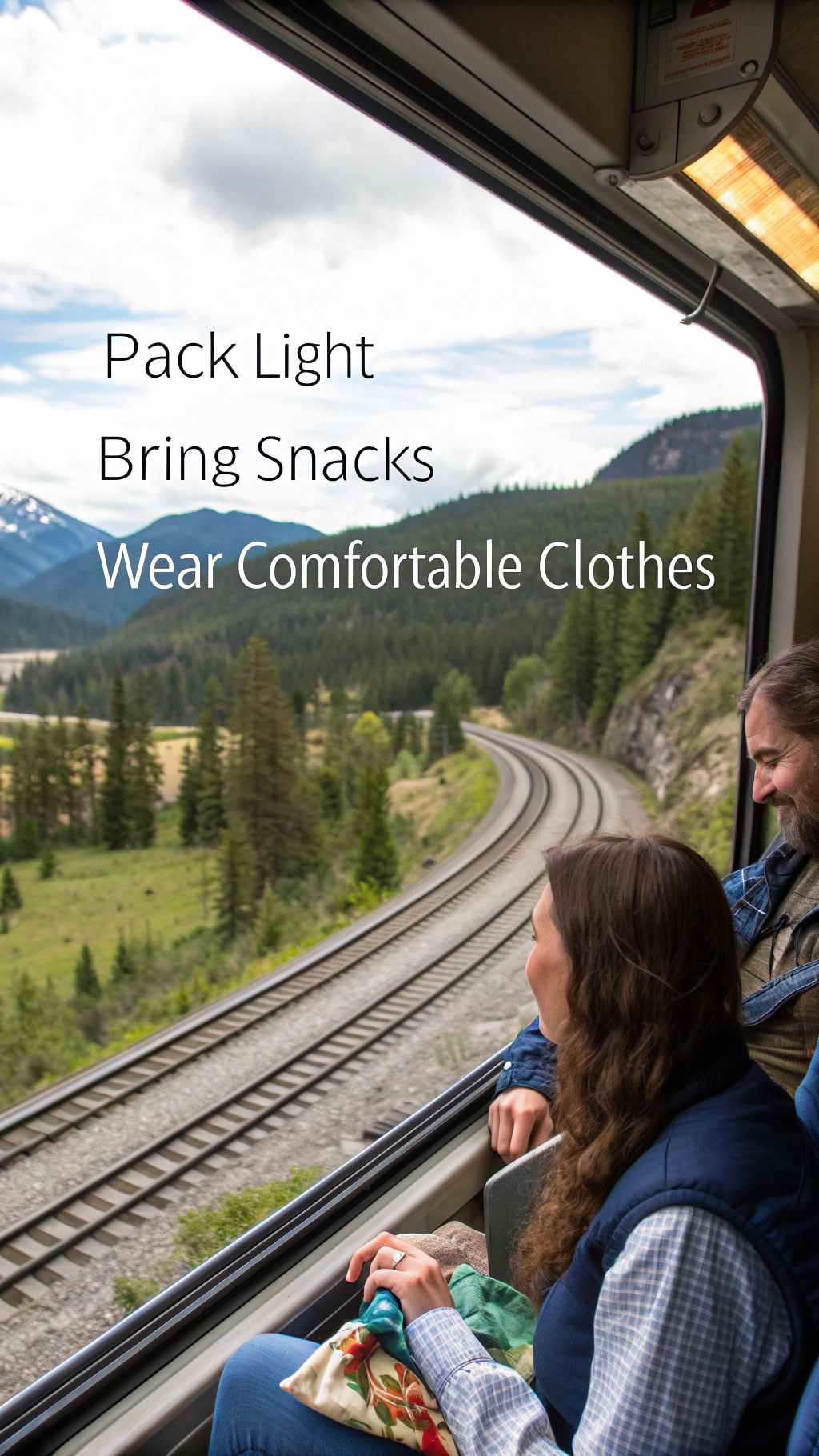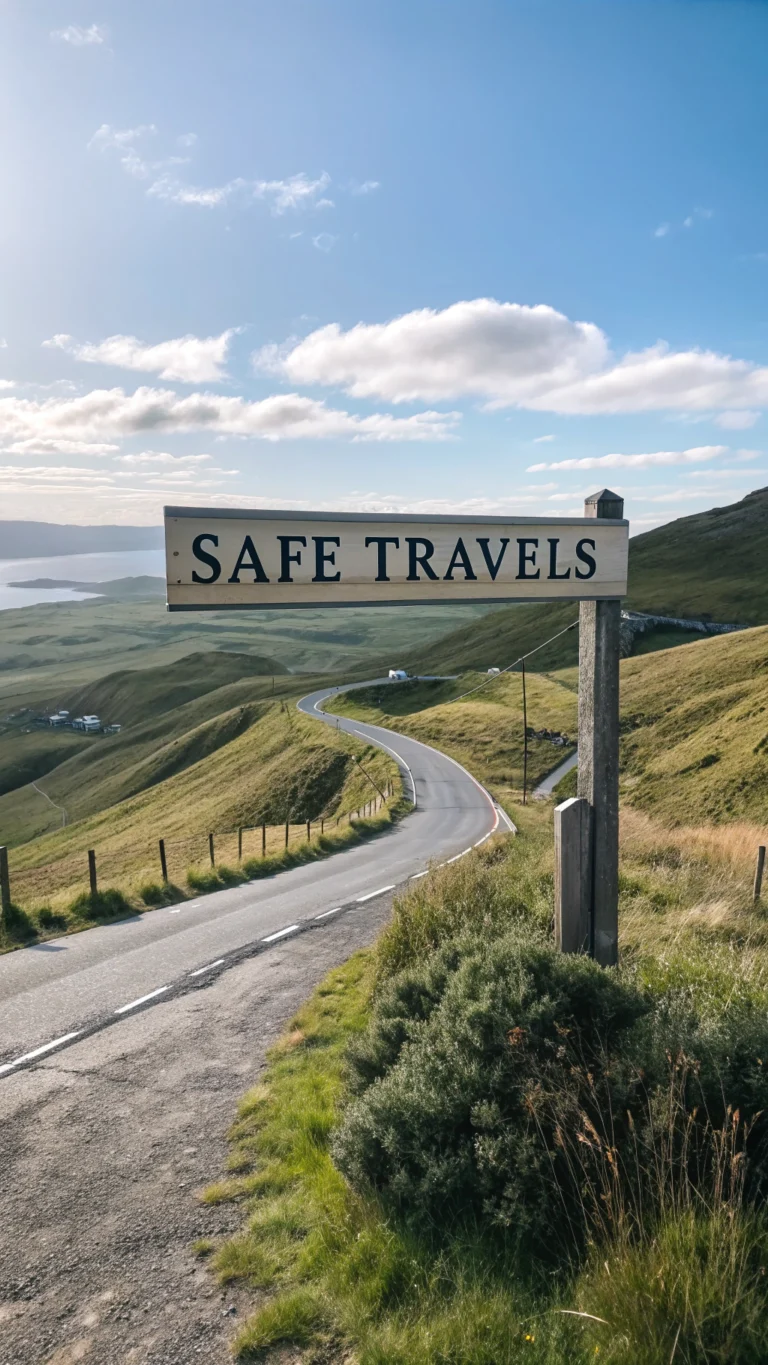Train Travel Tips: How to Make Your Journey Unforgettable
Table of Contents
Introduction
Did you know that, in comparison to flying, taking the train can save your carbon footprint by up to 75%? In a time when eco-friendly travel is becoming more popular, rail travel advice has grown in importance for the environmentally aware traveler. In addition to their positive effects on the environment, trains provide an immersive experience where the journey itself takes center stage. Gaining proficiency in train travel may turn a routine journey into an amazing experience, thanks to the expansive vistas and the soothing cadence of the rails. This book will assist you in navigating the amazing world of train travel, regardless matter whether you’re organizing your first overnight sleeper trip or are an experienced rail aficionado hoping to improve your experience.
Destination Overview

Train travel offers genuine experiences across many cultures and environments, going beyond simple transportation. Train stations usually put you right in the middle of your destination, unlike airports, which are sometimes positioned distant from city cores. With 90% on-time performance, Switzerland’s railway network is regarded as the most efficient among Europe’s more than 200,000 kilometers of rail. Asia is home to some of the fastest trains in the world, including China’s Shanghai Maglev, which can travel up to 430 km/h (267 mph).
Each region has a different optimal time for rail travel. While the shoulder seasons (April-May and September-October) provide less passengers and cheaper fares, European rail experiences are at their height during the summer (June-August) when daylight hours are longer. While fall offers breathtaking foliage displays on lines like Japan’s Kurobe Gorge Railway, winter turns landscapes into enchanted snow-covered panoramas for scenic routes like Canada’s Rocky Mountaineer or Switzerland’s Glacier Express.
Travel Itinerary
1-Day Train Experience
- Morning (8:00 AM): Begin at a major station early to avoid crowds and secure window seats
- Mid-morning (10:30 AM): Enjoy the landscape while exploring the train’s amenities
- Lunch (12:30 PM): Dine in the restaurant car or enjoy a pre-packed picnic
- Afternoon (2:00-5:00 PM): Read, photograph scenic highlights, or socialize with fellow travelers
- Early Evening (6:00 PM): Arrive at your destination with enough daylight to orient yourself
3-Day Rail Adventure
- Day 1: Embark on a long-distance journey with overnight accommodation
- Day 2: Explore a stopover destination accessible only by train
- Day 3: Continue to final destination via scenic route variant
7-Day Rail Expedition
- Days 1-2: Start with a high-speed connection between major cities
- Days 3-4: Transition to regional trains exploring rural areas
- Days 5-7: Experience specialty scenic routes with panoramic windows
Pro tip: Download the national rail app of your destination country for real-time updates that can save you 30-45 minutes during unexpected delays.
Must-See Attractions
When considering train travel tips for unforgettable journeys, certain routes stand out for their exceptional experiences:
The Trans-Siberian Railway spans 9,289 kilometers and crosses 8 time zones, making it the longest continuous rail journey in the world. For optimal views, request seats on the left side when traveling east to west.
Switzerland’s Bernina Express climbs more than 2,000 meters without using rack and pinion technology, crossing 196 bridges and passing through 55 tunnels. The four-hour journey between Chur and Tirano is best experienced from the panoramic observation cars.
Japan’s Shinkansen network boasts an average delay of just 36 seconds across all routes, making it perfect for precise itinerary planning. Reserve seats in Green Car (first class) carriages facing forward for maximum comfort during high-speed segments.
Where to Stay
On-Train Accommodations
- Sleeper Cabins: Available in various configurations from single compartments to couchettes shared with 4-6 travelers
- Luxury Cabins: Premium options on trains like the Venice Simplon-Orient-Express include private bathrooms and butler service
- Day Cabins: Private spaces available for daytime journeys on select routes
Station-Adjacent Hotels
For seamless connections, consider properties within 500 meters of major stations. The Gare du Nord area in Paris offers accommodations ranging from €80 budget options to €300+ luxury experiences, while Tokyo Station’s attached hotels provide direct platform access though typically command a 25-30% premium over comparable properties even a short distance away.
Food & Local Cuisine
Train dining varies dramatically by region and operator. European rail services often feature restaurant cars serving regional specialties, while Japanese ekiben (station bento boxes) represent local delicacies at each stop. The Rocky Mountaineer in Canada offers a GoldLeaf dining service with regionally-sourced ingredients prepared by executive chefs.
For dietary restrictions, most long-distance trains require pre-ordering special meals (typically 24-48 hours in advance). Vegan options are standard on most European routes, while gluten-free alternatives are increasingly available but less consistent globally.
Budget travelers should note that bringing your own food is permitted on most trains worldwide, with exceptions for some luxury services.
Travel Tips & Essentials
Pack essentials in a day bag separate from main luggage, including:
- Refillable water bottle (stations typically have potable water)
- Noise-canceling headphones or earplugs
- Portable charger (older trains may lack outlets)
- Eye mask and travel pillow for overnight journeys
- Downloadable entertainment (Wi-Fi can be unreliable)
- Digital and printed copies of tickets and reservations
Always validate tickets before boarding in countries with compulsory validation systems (including Italy, France, and Belgium) to avoid fines averaging €50.
Common Mistakes to Avoid
Rookie rail travelers frequently overlook seat reservations on popular routes. While some regional trains operate on a first-come basis, scenic and high-speed services often sell out days or weeks in advance. In summer, the Paris-Barcelona TGV and Switzerland’s Glacier Express can book completely full up to two months ahead.
Another common error is underestimating connection times. International connections typically require at least 30 minutes, while domestic transfers often need 10-15 minutes minimum. Major stations like Frankfurt Hauptbahnhof or Milano Centrale may require 20+ minutes simply to change platforms.
Budget Breakdown
Train travel costs vary significantly by country:
- Western Europe: €15-45 for regional trains; €45-150 for high-speed routes
- Eastern Europe: €5-25 for regional connections; €20-60 for premium services
- Japan: ¥1,500-3,000 ($10-20) for local lines; ¥10,000-30,000 ($70-200) for Shinkansen routes
- North America: $30-150 for Amtrak routes; $2,000+ for luxury experiences like the Rocky Mountaineer
Rail passes can generate savings of 30-50% for multiple journeys, particularly the Japan Rail Pass (¥29,650/$200 for 7 days) and Eurail Global Pass (€251 for 4 days within 1 month).
Final Thoughts
Traveling by train is more than just a means of getting about; it’s a deliberate way to see new places and cultures. Trains provide amazing adventures for all kinds of travelers, from luxurious rail experiences to affordable regional routes. By following these rail travel suggestions, you can lessen your environmental footprint and turn routine journeys into amazing experiences. Plan your rail trip now to experience the pleasures of leisurely, purposeful travel again!
FAQs
When is the best time to purchase train tickets?
High-speed trains and popular scenic itineraries should be reserved two to three months in advance, particularly during the busiest times of the year. Same-day purchases are frequently permitted on regional trains.
Are rail passes financially worthwhile?
When traveling three or more medium- or long-distance trips throughout the validity period, rail passes usually provide value. Compare the pricing of individual tickets to the pass rates for your particular itinerary.
How much luggage is allowed on trains?
The majority of trains don’t have tight weight restrictions, but you still have to handle your own luggage. Though space varies by train type, two large items plus hand luggage is generally thought to be sufficient.
For overnight trips, are sleeper trains comfortable?
Each operator has a very different level of comfort. While budget choices in other regions may be more basic, sleepers in Western Europe and Japan offer superb amenities. For light sleepers, private cabins offer the best experience.
How reliable is train Wi-Fi?
Wi-Fi quality varies dramatically. High-speed services in France, Germany, and Japan offer dependable connections, while mountainous routes and older trains often have spotty service or none at all. Always download essential information before departure.







